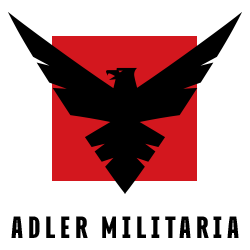Showing 208–216 of 1093 resultsSorted by latest
-
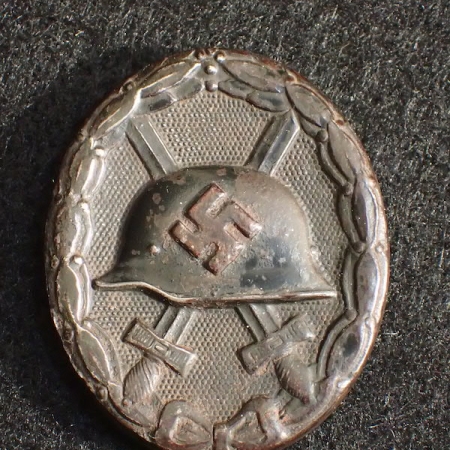
-
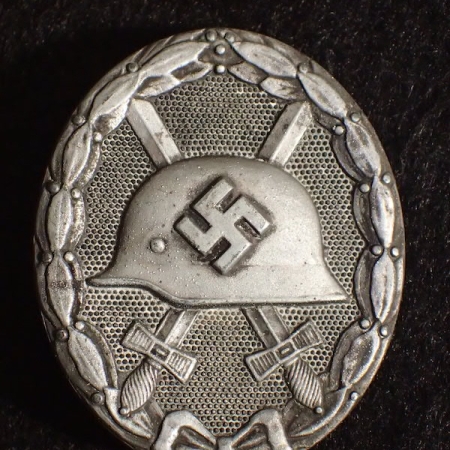
-
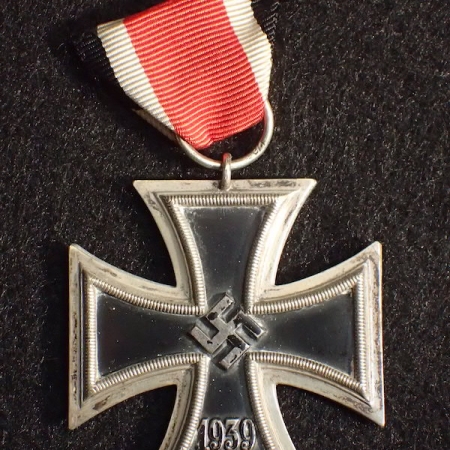
-
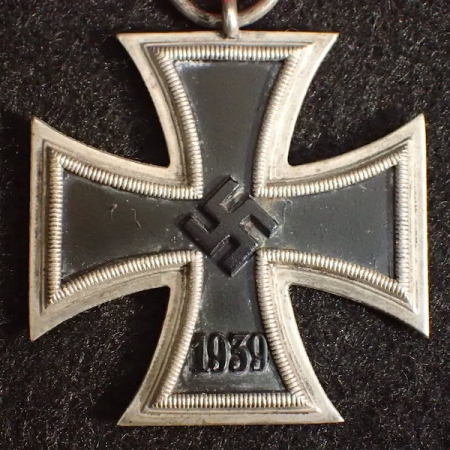
WWII German Iron Cross Second Class – Unmarked – Mint Original Sold
Nice unmarked Iron Cross in almost mint condition
-
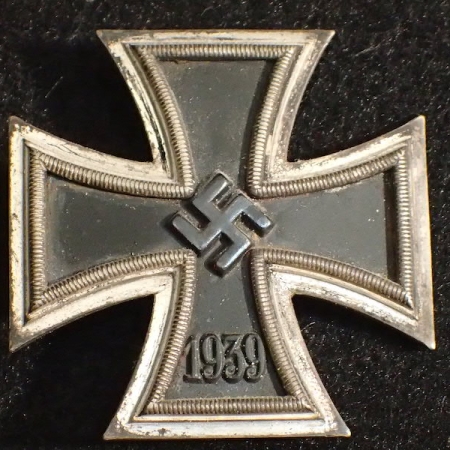
WWII German Iron Cross First Class – 26 – B. H. Mayer – Vaulted – Mint (Offer Accepted)
Slightly vaulted, nice appearance, nearly mint
-

-

WWII German Wehrmacht / Waffen SS – Infantry Assault Badge – Silver Original – Mint Sold
Unmarked I did a good bit of looking to find this exact one and did not find this exact model. Nearly all the silverwash – 95% The Infantry Assault Badge (German: Infanterie-Sturmabzeichen) was a German military decoration awarded to Waffen-SS and Wehrmacht Heer soldiers during the Second World War. This decoration was instituted on 20 December 1939 by the Commander-in-Chief (Oberbefehlshaber) of the German Army, Generalfeldmarschall Walther von Brauchitsch. It could be awarded to members of infantry and Gebirgsjäger (mountain infantry) units that had participated in infantry assaults, with light infantry weapons, on at least three separate days of battle in the front line on or after 1 January 1940. When a counter-offensive led to fighting, it could also apply. Award of the Infantry Assault Badge was authorized at regimental command level, and mechanized or motorized infantry were not eligible for the original badge. A bronze variant of the Infantry Assault Badge was created in June 1940, authorized for motorized and mechanized infantry units, using similar requirements for award as the original silver variant.[3] Non-infantry personnel were not eligible for either grade of the Infantry Assault Badge, but were eligible for other combat recognition badges (depending on their military occupation, branch of service, and assigned unit), usually the General Assault Badge, Close Combat Clasp, or the Panzer Badge. The Luftwaffe would develop its own ground combat badge in 1942, the Ground Assault Badge.
-
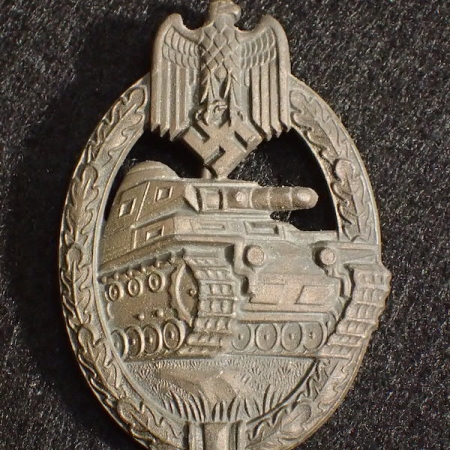
WWII German Wehrmacht / Waffen SS – Panzer Badge in Bronze – Unmarked – Original
Sadly this one is missing the catch, but could be repaired properly. Given this version seems hard to find and the bronze wash is still in pretty fine condition it makes a nice addition to a collection.
-
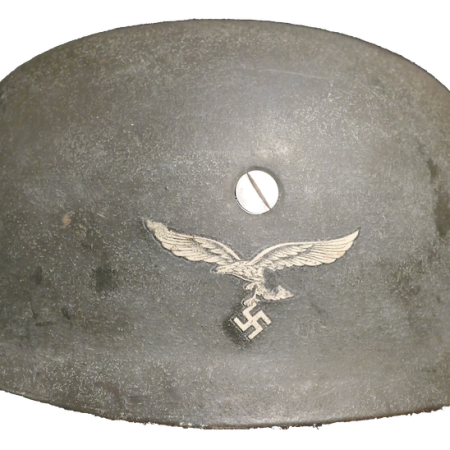
WWII German Luftwaffe Paratroopers M38 Helmet – Unissued – Mint – Single Decal – 1944 – ET66 – Rough Textured – Textbook – Fallschirmjäger -Top Shelf Helmet (Offer Accepted)
Here we have one of the finest M38Fallschirmjäger Helmets offered for sale in some time. It looks to be mint to unissued condition. A small piece of string is stopping the chin straps from falling down, we are unsure if this was how this left the factory, but we decided to not touch it. This particular model is made around 1944 in the Eisen und Hüttenwerke, Thale in the Harz Germany. These late war helmets are issued with a Luftwaffe Decal and have a aluminium oxide grey paint. As with this late war shell, the late war aluminium non vented bolts hold the liner and chin strap in place. We were unable to find a better condition M38 for sale to todays market. This helmet is a US GI Bring Back and was not offered on any dealer site before, out of the woodwork find.
